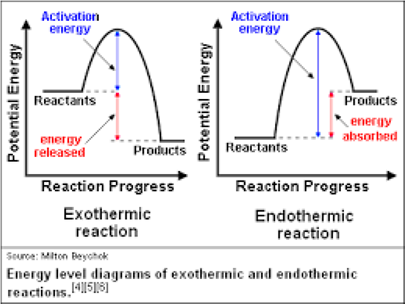How to Find out the Rheochor value of the given organic liquid?
Experiment:
Find out the Rheochor value of the given organic liquid. Molar mass (or Molecular weight) of the given liquid is 46.
Theory:
Newton
Friend showed that if molecular volume (or molar volume) of a liquid be
multiplied by the eighth root of the coefficient of viscosity, it leads to a
constant called rheochor., denoted by r.
R = (M/D ) h1/8
D is
density of the liquid and M its molar volume
Rheochor may be regarded as the molar volume of a liquid at the temperature
at which its viscosity is unit.
Apparatus:
Ostwald’s
viscometer, stop-watch, specific gravity bottle, rubber tube, screw type pinch
cock, iron stand etc.
Procedure:
·
Take
an Ostwald’s viscometer and fix it in a stand in upright position.
·
Fix
a small rubber tube to the limb with capillary tube to suck the liquid in.
·
Use
the crew type pinch cock with rubber tube to control flow rate of the liquid.
·
Fill
the viscometer with water to a level a bit lower than the mark B at the upper
end of the capillary tube.
·
Suck
the water through the rubber tube and allow the water to come above the mark A.
·
Allow
the liquid to flow slowly and note the time to flow of water from mark A to
mark B using a stop watch.
·
Repeat
the experiment with the given liquid in the same way as for water.
·
Find
the density of given liquid by using a specific gravity bottle.
It
is advisable to take three readings of flow time for each liquid and then
taking mean time to flow.
Observations:
Room
temperature = oC
|
Liquid
|
Time
of flow (s) |
Density
(g.cm-3) |
|
Water |
|
|
|
Organic
liquid |
|
|
Weight
of empty specific gravity bottle = W1 g
Weight
of empty specific gravity bottle + water = W2 g
Weight
of water = W2 - W1 = W3 g
Weight
of specific gravity bottle + liquid 1 = W4 g
Weight
of liquid = W4 – W1 = W5 g
Calculations:
Viscosity
of given organic liquid can be calculated using following relationship:
h/hw = (t1 / tw) x (dl
/ dw and
R =
(M/D) h1/8










Comments
Post a Comment